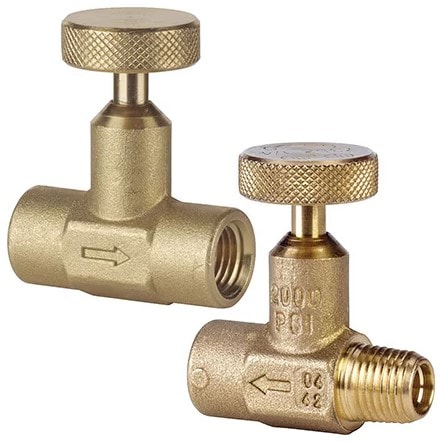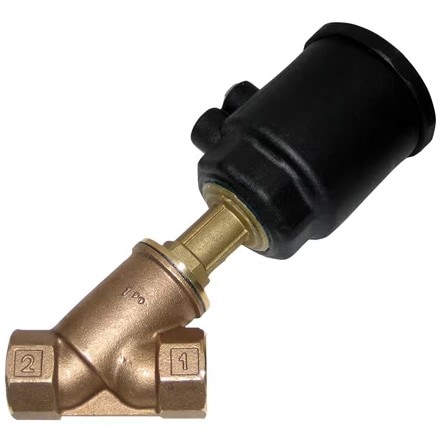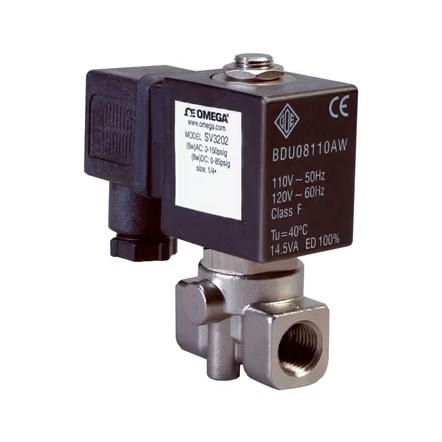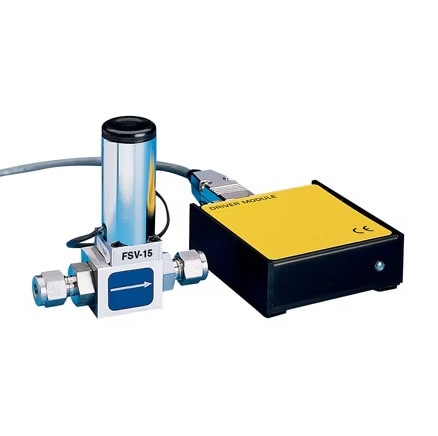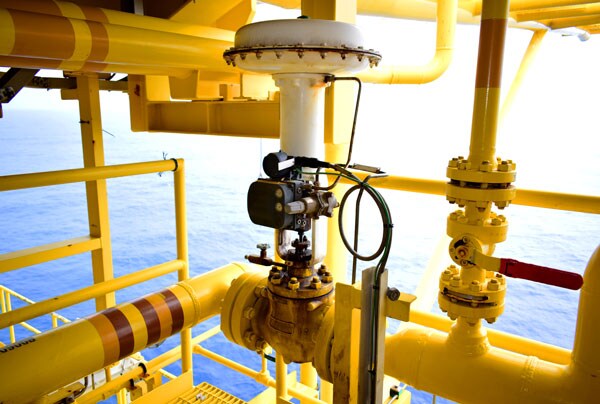
Correct valve sizing is critical for both safety and performance. An undersized valve can restrict flow and drive-up pressure losses, while an oversized valve often struggles with control and adds unnecessary cost. Striking the right balance ensures stability, efficiency, and reliability.
Whether designing a new system, managing facility operations, or just beginning to explore valve fundamentals, a clear understanding of sizing principles will give you the confidence to make better decisions for your application.
Key Terminology in Valve Sizing
Getting the basics right matters, so it’s important to first understand some core terminology:
- Pressure Drop: The difference in upstream and downstream pressures of the fluid flowing through a valve. It represents energy loss as the fluid moves through the restriction
- Critical Flow: A condition where vapor or gas flow has become “choked.” Beyond this point, increasing the pressure drop no longer increases flow
- Cv (Valve Flow Coefficient): A measure of a valve’s capacity. Cv is defined as the number of U.S. gallons per minute (GPM) of water at 60 °F that will pass through a valve with a 1 psi pressure drop
- Example: A Hi-FlowTM valve with a Cv of 10.75 GPM of water with a 1 psi pressure drop at full open
- Full Port: A valve design where the port diameter matches the pipeline’s inside diameter, minimizing pressure loss
- Rangeability: The ratio of maximum controllable flow to minimum controllable flow. For instance, a valve with a 50:1 rangeability can accurately control flow from 100 GPM down to 2 GPM
- Valve Flow Characteristics: The relationship between valve travel (stem or rotation position) and flow rate, expressed as a percentage of full flow
The Cv Method: A Standard Approach
The most widely accepted method for valve sizing is based on the Cv coefficient. This approach uses standard equations to predict how much fluid (liquid, gas, or steam) will pass through a valve under specific operating conditions.
Why use Cv?
The Cv method offers a consistent way to compare valves, providing a reliable prediction of how they will perform under real operating conditions. By linking valve selection directly to system parameters, it reduces the risk of oversizing or undersizing and ensures the chosen valve will operate as intended.
Sizing Equations and Media Considerations
When applying the Cv method, the exact equation you use depends on the type of medium flowing through the valve. Because liquids, gases, and steam behave differently under pressure, each requires a slightly different approach to calculating flow. The following standard equations are widely used in industry and form the basis for properly sizing valves across applications:
Sub-Critical Flow
Liquid Flow:
Cv = q ( g / ΔP )1/2
Gas Flow:
Cv = ( Q / 963 ) ( ( G × T ) / ( ΔP × ( P1 + P2 ) ) )1/2
Steam Flow:
Cv = W / ( 2.1 [ ΔP × ( P1 + P2 ) ]1/2 )
Critical Flow
Condition:
ΔP > P1 / 2
Gas Flow:
Cv = Q ( G × T )1/2 / ( 750 × P1 )
Steam Flow:
Cv = W / ( 1.65 × P1 )
Reference
| Symbol | Definition | Units |
|---|---|---|
| Cv | Valve flow coefficient | — |
| g | Specific gravity of liquid | — |
| G | Specific gravity of gas | — |
| P1 | Upstream pressure | psia |
| P2 | Downstream pressure | psia |
| ΔP | Pressure drop (P₁–P₂) | psi |
| q | Liquid flow rate | U.S. GPM |
| Q | Gas flow rate | SCFH |
| W | Steam flow rate | lb/hr |
| T | Flowing temperature | °R (460+°F) |
Valve sizing equations vary depending on the media:
- Liquids: Equations calculate flow as a function of pressure drop, fluid density, and Cv. Care must be taken to avoid cavitation by ensuring the pressure drop does not exceed 50 % of upstream pressure.
- Gases: Equations account for compressibility and temperature. Critical flow occurs when the pressure drop exceeds 50 % of upstream pressure.
- Steam: Similar to gas flow calculations, but with additional consideration for enthalpy and temperature effects.
Innovation Solutions from DwyerOmega
SV3200-Series Solenoid Valves
The SV3200-Series is a 2-way, normally closed, direct-acting solenoid valve constructed from 316 stainless steel with a PTFE seal for durability and chemical resistance. With an operating range of -40 °C to 182 °C (-40 °F to 360 °F), it is ideal for compressed air, inert gases, water, and synthetic oils.
Key Features:
- Choice of ½-inch conduit plug or strain relief connector for installation flexibility
- Direct-acting design for consistent shutoff and reliable control
- Engineered for media compatibility to ensure long-term system performance
FSV10-Series Electronic Proportioning Valves
FSV10-Series Electronic Proportioning Valves deliver precise control of gases and liquids across a wide 100:1 flow range. Built with 316/416 stainless steel and FKM components, these valves offer corrosion resistance and durability in demanding process environments.
Flow is regulated through a pulse-width modulated (PWM) control circuit, which continuously adjusts the electromagnetic stroke to match the analog input signal. The valve accepts both 0–5 Vdc and 4–20 mA setpoints, making it compatible with a variety of control systems. A TTL-level input override provides immediate shutoff regardless of setpoint, adding an extra layer of safety and control.
Key Features:
- Selectable driver power levels for cooler, more efficient operation
- 12–30 Vdc power input via included 9-pin D connector or optional FSV-PW plug-in supply
- Supplied with 8 inches of wire for straightforward installation
With its blend of precision, flexibility, and rugged construction, the FSV10-Series is well-suited for applications that require reliable proportional valve control.
Connect with a DwyerOmega Expert Today!
